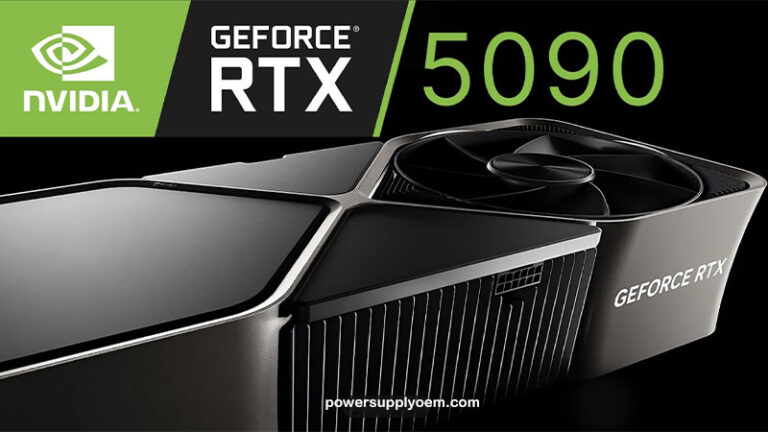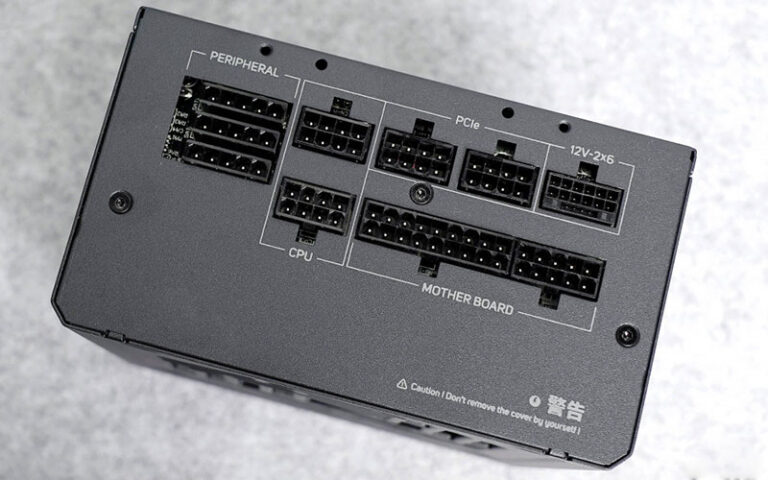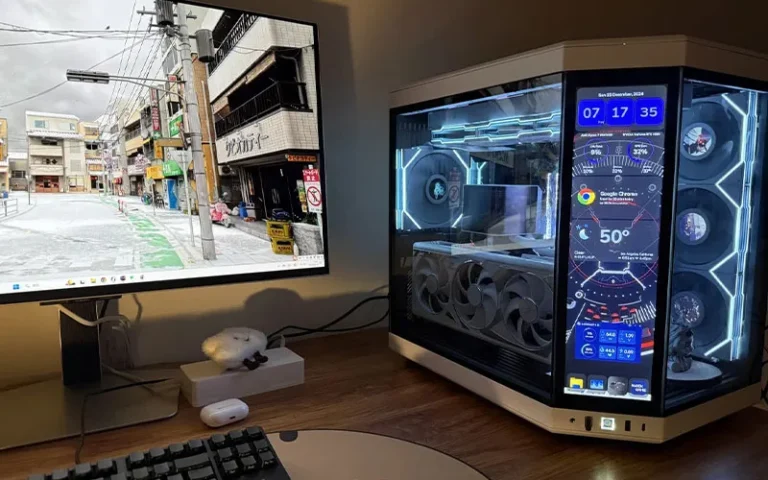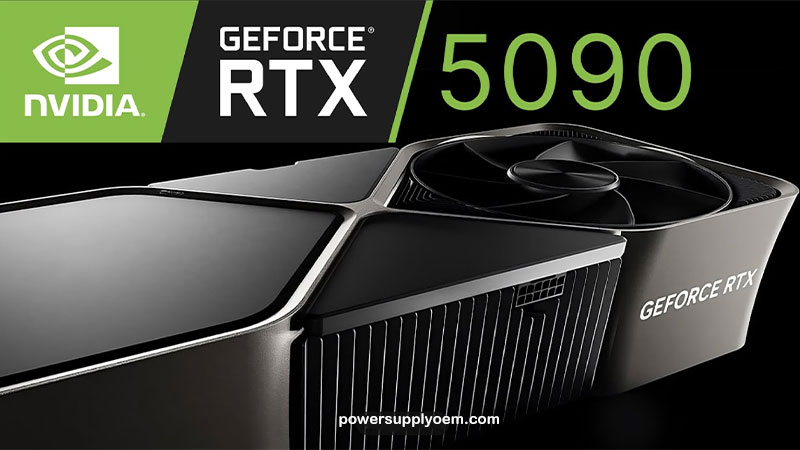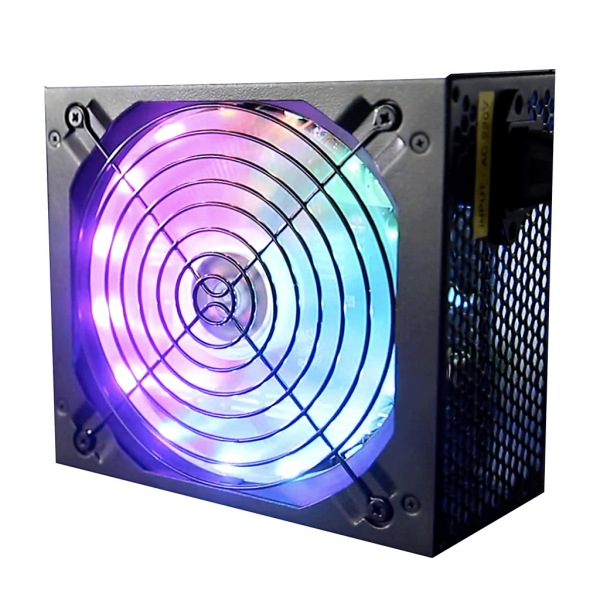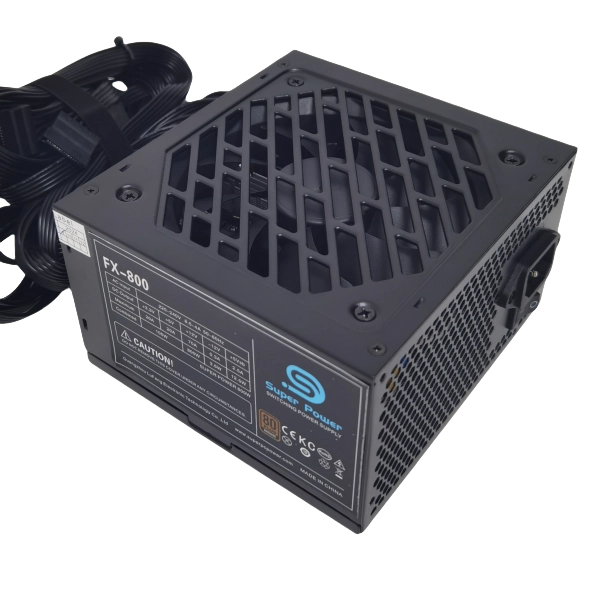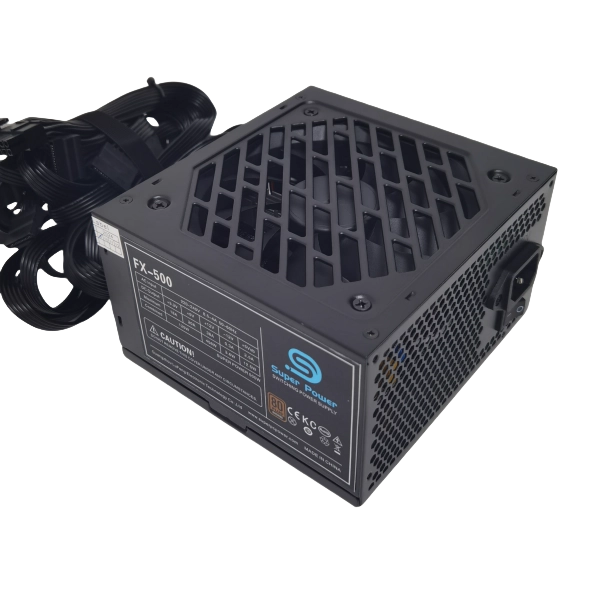-
Building E, No. 65 Xingshan North Road, Liangtian, Baisha Industrial Park, Baiyun District, Guangzhou
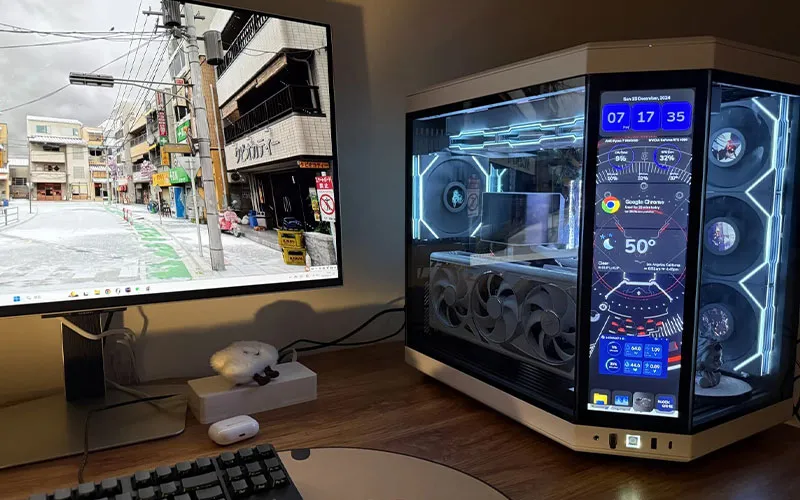
How To Check Power Supply On PC Windows 11
How to Check Your PC’s Power Supply: Determining PSU Wattage on Your Desktop Computer
This article guides you through various methods to check the power supply (PSU) in your Windows PC or desktop computer. Knowing your PSU’s wattage is crucial for several reasons, including upgrading components, troubleshooting power-related issues, and ensuring your system has enough power to operate efficiently. We’ll cover how to check the power supply both physically and through software, catering to different levels of technical expertise. Whether you’re a seasoned PC builder or a novice user, this guide will provide the information you need. This is worth reading because understanding your PC’s power capabilities is fundamental to its health, performance, and future upgrades.

Table of Contents
1. Why is it Important to Know Your PC’s PSU Wattage?
Knowing your PC’s PSU wattage is essential for several reasons:
- Upgrading Components: When upgrading components like the graphics card (GPU) or CPU, you need to ensure your PSU can provide enough power to the new hardware. A PSU that’s too weak can lead to system instability, crashes, or even damage to your components.
- Troubleshooting Issues: If your PC is experiencing random shutdowns, restarts, or other stability problems, the PSU could be the culprit. Knowing its wattage helps determine if it’s capable of handling the system’s power demands.
- Planning for Future Upgrades: Understanding your current PSU’s capacity allows you to plan for future upgrades. You’ll know if you have enough headroom to add more components or if you’ll need to upgrade the PSU as well.
- Ensuring Efficiency: Choosing a PSU with appropriate wattage for your system ensures it operates efficiently. A PSU that’s significantly oversized for your needs can waste energy.
In essence, knowing your PSU’s wattage is like knowing your car’s engine size. It helps you understand the system’s capabilities and limitations.
2. Method 1: Physically Inspecting the PSU (The Most Reliable Way)
The most reliable way to check your PSU’s wattage is to physically inspect it. This involves opening the case of your desktop PC:
- Power Down and Unplug: Turn off your PC completely and unplug the power cord from the wall outlet. This is crucial for safety.
- Open the Case: Remove the side panel of your PC case. This usually involves removing a few screws or releasing some clips. The method varies depending on the computer case.
- Locate the Power Supply: The PSU is typically a rectangular box located at the top or bottom rear of the PC case.
- Identify the PSU Label: Look for a label or sticker on the PSU itself. This PSU label contains information about the PSU, including its wattage, model number, and efficiency rating. This can help you identify the power supply.
- Note the Wattage: The wattage will be clearly indicated on the label (e.g., 500W, 650W, 750W). This is the maximum power output the PSU can provide. This will help you identify the power available.
This method provides the most accurate information about your PSU’s wattage. It’s a direct and foolproof approach.
3. Method 2: Using System Information Tools (Windows Built-in)
While not as definitive as physically inspecting the PSU, Windows’ built-in System Information tool can sometimes provide clues about your PSU, especially in pre-built systems:
- Open System Information: Press the Windows key, type “System Information,” and press Enter.
- Look for System Model: In the System Summary section, look for the “System Model” or “System SKU” entry. This might be a specific model number for your pre-built PC.
- Search Online: Search online for the system model number along with “PSU” or “power supply.” The manufacturer’s specifications or third-party reviews might list the PSU wattage.
This method is less reliable because manufacturers sometimes use different PSUs in the same model line. However, it’s a quick and easy option to try before opening the case. I would not consider this the best way to check.

4. Method 3: Utilizing Third-Party Software (For Detailed Information)
Several third-party software utilities can provide detailed information about your PC’s hardware, including the PSU. However, these tools often rely on detecting the PSU model, and they might not always be accurate. They get the information by communicating with the motherboard.
- Download and Install: Download and install a reputable system information tool like Speccy, HWMonitor, or AIDA64. A hardware monitor will be very useful.
- Run the Software: Open the software and look for a section related to power or PSU.
- Check for PSU Information: The software might display the PSU model and, potentially, its wattage.
While convenient, be aware that the information provided by these tools might not always be 100% accurate, especially for PSUs that are less common or from lesser-known brands. Always good to also check with other methods. You are looking for PSU information.
5. Method 4: Checking the PC Manufacturer’s Website (For Pre-built Systems)
If you have a pre-built desktop PC (e.g., Dell, HP, Lenovo), you can often find information about the PSU on the manufacturer’s website:
- Identify Your PC Model: Find the exact model number of your PC. This is usually on a sticker on the PC case or in the System Information tool (as described in Method 2). The PC model is important.
- Visit the Manufacturer’s Website: Go to the manufacturer’s website and navigate to the support or product specifications section.
- Search for Your Model: Search for your specific PC model.
- Look for PSU Specifications: Look for a specifications sheet or datasheet that lists the components, including the PSU. The wattage should be listed there. The website will usually provide power supply information.
This method is generally reliable for pre-built systems, as manufacturers usually list the specifications of their components.
6. Understanding PSU Efficiency Ratings (80 Plus Certification)
While checking your PSU’s wattage, you might also notice an 80 Plus certification (e.g., 80 Plus Bronze, 80 Plus Gold, 80 Plus Platinum, 80 Plus Titanium). This certification indicates the PSU’s efficiency rating.
- Efficiency refers to how much of the power drawn from the wall outlet is converted into usable DC power for your PC components. The remaining power is lost as heat.
- A higher 80 Plus rating means the PSU is more efficient, wasting less energy and generating less heat. This can lead to lower electricity bills and a quieter PC (as the fan doesn’t need to work as hard).
While the 80 Plus rating doesn’t directly tell you the PSU’s wattage, it’s an indicator of quality and efficiency. Here is a good example: 80 plus gold 850w power supply.
7. Calculating Your PC’s Power Requirements (Online Calculators)
If you’re planning to upgrade components or build a new PC, you can use online PSU calculators to estimate your system’s power requirements:
- Find a PSU Calculator: Search online for “PSU calculator” or “power supply calculator.” Several reputable websites offer these tools (e.g., Newegg, Outervision, Cooler Master).
- Input Your Components: Enter the details of your components, including the CPU, GPU, motherboard, RAM, storage devices, and any other peripherals. You should check the requirements for the CPU and GPU in particular.
- Calculate: The calculator will estimate the total power consumption of your system and recommend a PSU wattage.
These calculators provide a good estimate, but it’s always wise to add a buffer (e.g., 100-200W) to account for power spikes and future upgrades.
8. OEM Power Supplies: Why Choose Us?
As an OEM (PC power supply, atx power supply, 80 plus gold) manufacturer, we specialize in providing customized power supply solutions for businesses, system builders, and other organizations. Here are some of the benefits we provide:
- Tailored to your specifications: Including, wattage, form factor, connectivity, and branding options.
- Top-Notch Quality: Our power supplies are designed and produced with rigorous quality control methods.
- Cost Savings: Partnering directly with a manufacturer, you get better pricing.
- Expertise and Assistance: Our team helps with any and all technical support.
If you are a PC power supply brand, 3C supermarket, power supply wholesaler, agent, or operate a large Internet cafe, partnering with us ensures you get the ideal power solutions for your needs. Our ATX Power Supply is a popular item.
9. How We Can Help You Meet Your Power Supply Needs
We offer a wide range of power supply options to meet diverse needs, including:
- ATX Power Supplies: The standard form factor for most desktop PCs. We can provide detailed information to identify the PSU. We have a PC POWER SUPPLY for everyone.
- SFX Power Supplies: Compact power supplies for small form factor PCs. You may want to check this out.
- FLEX Power Supplies: Even smaller power supplies for specialized applications. Here is an example of one of our FLEX Power Supply options.
- Custom Power Supplies: We can design and manufacture power supplies to your exact specifications.
Our team can work with you to determine the right power supply for your specific requirements, ensuring optimal performance, reliability, and efficiency. We can help you choose a PSU with sufficient wattage. We will ensure that the PSU is the right one for you.
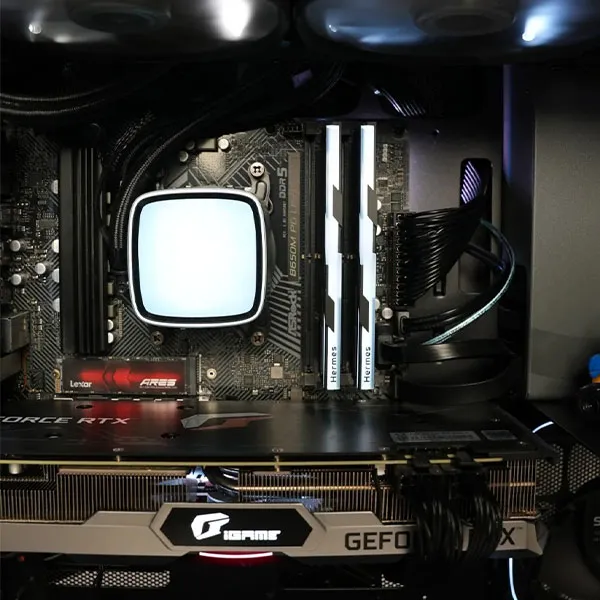
10. Beyond Wattage: Other PSU Features to Consider
While wattage is the primary consideration, there are other PSU features to keep in mind:
- Connectors: Ensure the PSU has the necessary connectors for your components, including the motherboard, CPU, GPU, and storage devices.
- Cabling: Modular PSUs allow you to use only the cables you need, improving airflow and cable management.
- Fan Size and Noise: A larger fan can often cool the PSU more effectively and quietly. Low fan noise is important to many.
- Protection Features: Look for PSUs with over-voltage protection (OVP), under-voltage protection (UVP), over-current protection (OCP), short-circuit protection (SCP), and over-temperature protection (OTP).
These features contribute to the overall quality, reliability, and performance of the PSU.
Frequently Asked Questions
How can I check my PSU wattage without opening the case?
You can try using System Information tools in Windows, third-party software, or checking the manufacturer’s website (for pre-built systems). However, these methods are not always accurate. The most reliable way is to physically inspect the PSU. There are methods you can try.
What happens if my PSU wattage is too low?
If your PSU wattage is too low for your components, your PC may experience random shutdowns, restarts, crashes, or even hardware damage. It’s crucial to choose a PSU that meets your system’s power demands.
Can I use a PSU with a higher wattage than I need?
Yes, you can use a PSU with a higher wattage than your system requires. However, it’s generally not necessary and might be less efficient than a PSU that’s closer to your actual power needs.
How do I know if my PSU is failing?
Symptoms of a failing PSU include random shutdowns, restarts, system instability, burning smells, or unusual noises coming from the PSU.
What is the difference between ATX, SFX, and TFX power supplies?
These are different form factors (sizes and shapes) of PSUs. ATX is the standard size for most desktop PCs, while SFX and TFX are smaller form factors used in compact or specialized systems. We offer all different PSU types.
What does “80 Plus” certification mean?
The 80 Plus certification indicates the PSU’s efficiency rating. A higher rating (e.g., 80 Plus Gold) means the PSU is more efficient, wasting less energy as heat. We power your components efficiently.
How often do I have to replace my PSU?
A high-quality PSU might have to be replaced in five to 10 years.
Summary
- Knowing your PC’s PSU wattage is crucial for upgrading components, troubleshooting issues, and ensuring system stability. It is important to know the amount of power available.
- The most reliable way to check your PC’s power supply is to physically inspect the PSU label.
- System Information tools, third-party software, and the manufacturer’s website can provide information about the PSU, but they might not always be accurate.
- Online PSU calculators can help you estimate your system’s power requirements.
- Consider the 80 Plus certification for PSU efficiency.
- As an OEM power supply manufacturer, we offer customized solutions to meet your specific needs. We provide power to the motherboard and other components.
- Beyond wattage, consider features like connectors, cabling, fan noise, and protection features. We will help you choose a PSU with sufficient power.
- Partnering with us ensures you get high-quality, reliable power supplies tailored to your requirements.
- We can provide the necessary power for all types of systems.
- We want to be your partner for your power needs.
- We offer custom power solutions.

